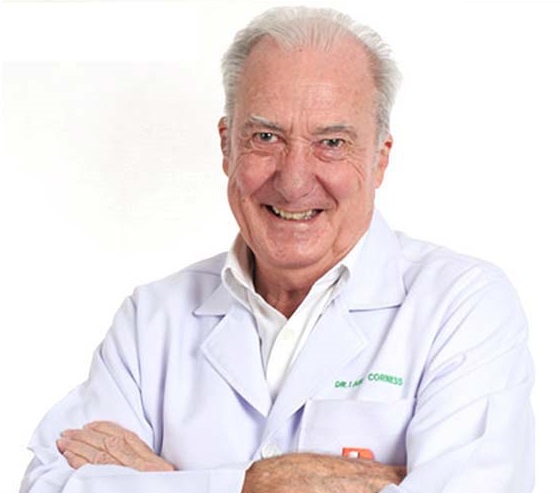

My son fell over at school and when I went to pick him up he was holding his right wrist tightly and said, “Daddy it is the biggest pain I’ve ever had.” With that simple presentation, I knew he had a fracture of his wrist. A visit to my hospital’s X-Ray department confirmed my suspicion regarding a ‘greenstick fracture’ and so he was put in plaster to immobilize the bone and its fracture.
Broken arms are always in vogue, with two of my friends fracturing theirs, as well as number 1 son. One fell off his bicycle, while pedaling to get fit, and the other managed to get center-punched by another motorcycle while riding his to work. Neither has relished the experience, and all three have suffered pain.
Now whilst all three suffered breaks, or fractures as we medicos call them, there are various degrees and types you can end up with. Son and friend number one were the luckiest, suffering “hairline” fractures of the Radius (the larger of the two bones in the forearm). This should be thought of as more of a “crack” in the outer surface of the bone, just like you can pick up a drinking glass and see that it is cracked, but not broken in half. However, it is still a painful condition, and the extreme bruising that came out on the arm over the following ten days showed the amount of trauma involved in stepping ungracefully off a bicycle!
The treatment for this type of fracture is fairly conservative. A splint for a couple of weeks to rest the arm, some anti-inflammatories to reduce the swelling and some simple pain killers. After three weeks, this type of fracture will be satisfactorily healed, though it does take around six weeks for total healing.
Friend number two was not so lucky. Picking himself up off the road he noticed that there was the end of a piece of bone sticking out through the skin on his forearm, and as he so aptly said, “It’s a scary feeling seeing your own bones!” Now this is a real fracture, with complete division of the bone, and when it sticks through the skin we called it a “compound” fracture. Raw jagged ends certainly “compound” the problem!
Treatment for one of these is more than a simple case of immobilization. What is called an Open Reduction under general anesthesia is required. In other words, you are put to sleep, so that the orthopedic surgeon can get in and close the fracture. In this case, as with most of these, it is also necessary to insert a metal plate into the arm, which is screwed firmly to the two halves of the bone. This internal fixation holds the bone ends together and a cast over the outside of the arm then completes the physical treatment side of it. Of course, after surgery it is necessary to have some fairly potent pain killers, and generally we would prescribe some antibiotics as well.
Around three weeks, the cast can be thrown away, and after six weeks, the patient can usually use the afflicted limb quite well. With many of these, we also go back in after one to two years and remove the plate and screws.
Sometimes, we actually fix the two halves of bone by screwing an external plate through the skin and into the bone itself. This is called “external” fixation and you don’t need a secondary operation to remove the plate – but it does mean you put up with something that looks like scaffolding around your broken limb.
So what do you do when presented with something that might be a fracture? The simplest and best first aid you can do is to immobilize the fracture by splinting the limb involved. Wrap a magazine around the arm and hold in place with a crepe bandage.
With compound fractures, a sterile pad over the fracture and a gently applied crepe bandage over that and a trip to hospital.
The elderly should try not to fall as old bones are not as strong as young ones, and a fracture of the neck of femur (thigh bone) may be dangerous.





